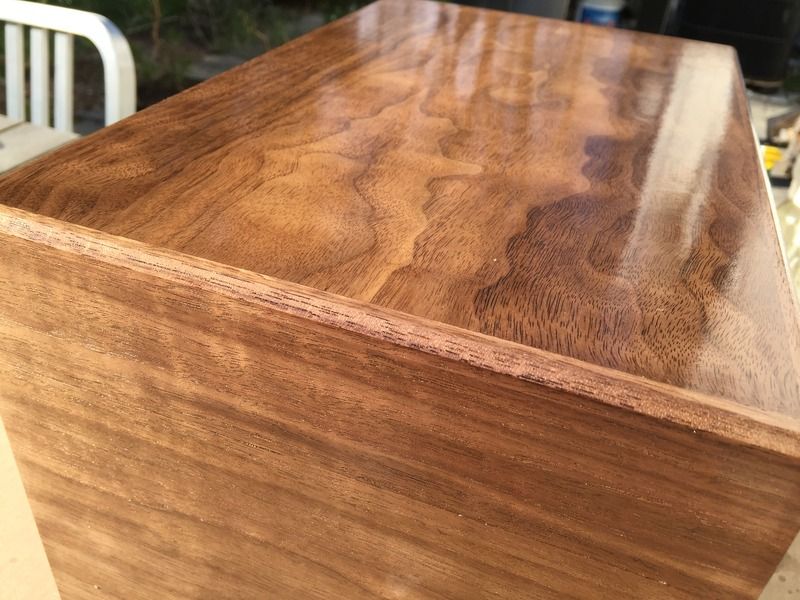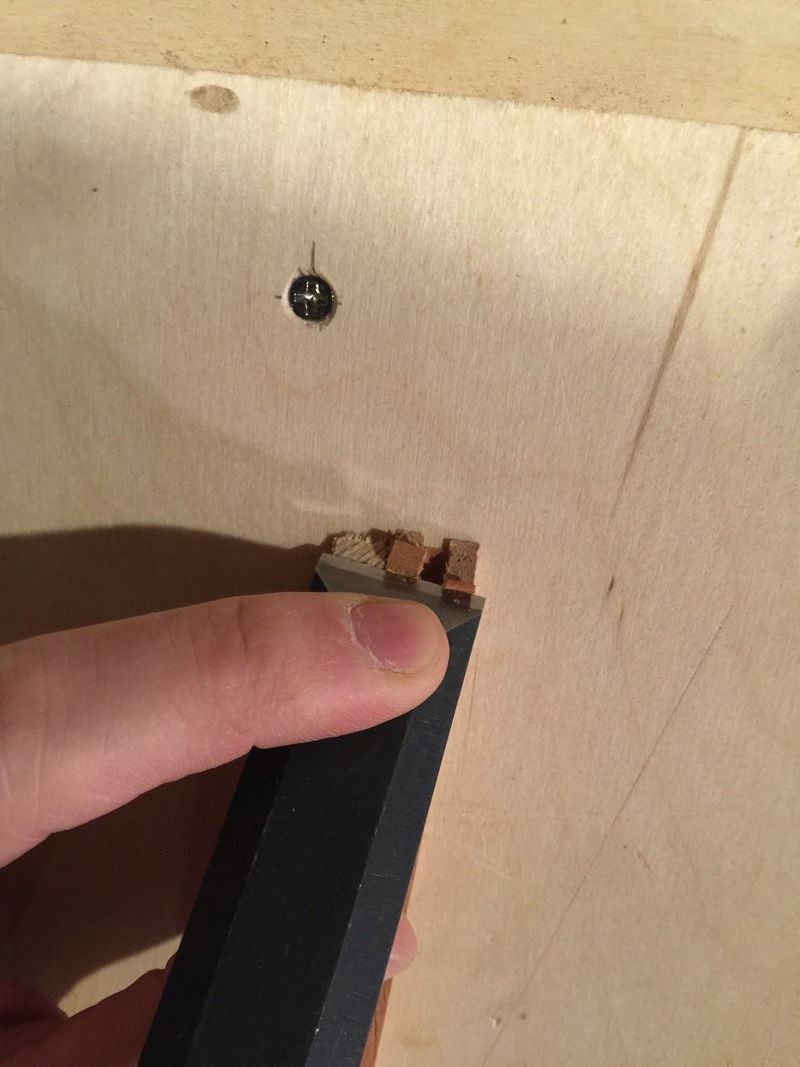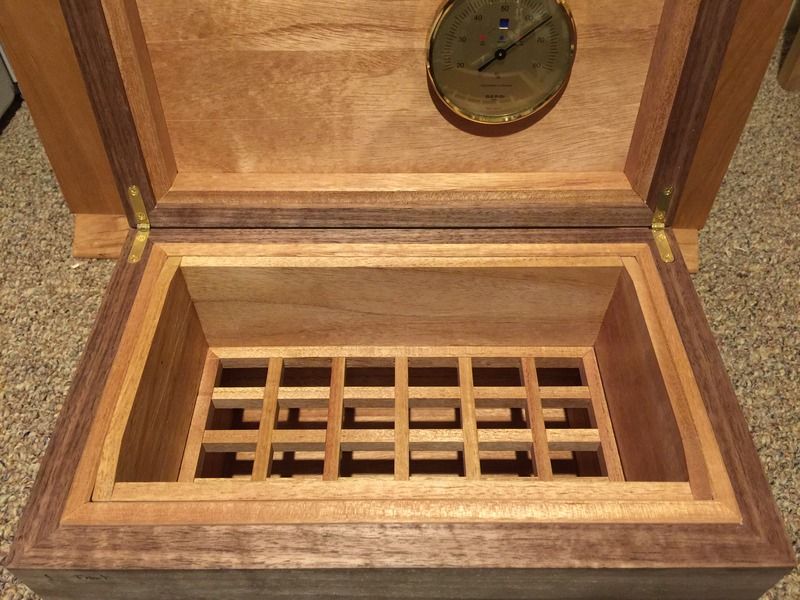That is lovely work indeed, Brian. At first, it looked a bit deep for my preference but then thought if there were a ledge to hold the first tray off of the bottom, the space would accommodate the humidification beads that I use.
I've had a hand full of nice Davidoffs but they never really clicked for me. I'm a fan of Padron, Fuente, LFD, and several others.
Brett
Peters Creek, Alaska
Man is a tool-using animal. Nowhere do you find him without tools; without tools he is nothing, with tools he is all. — Thomas Carlyle (1795-1881)





 Reply With Quote
Reply With Quote








